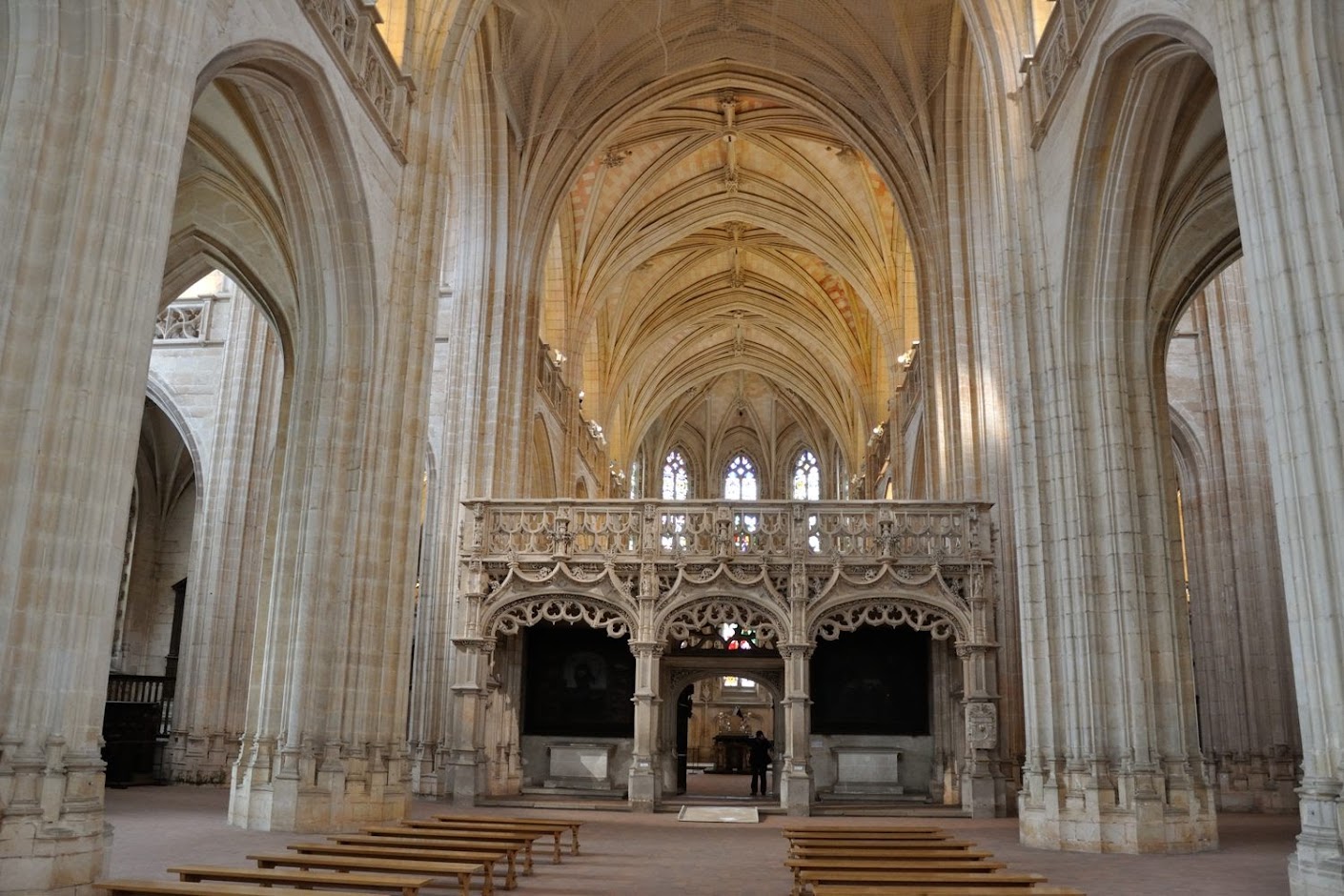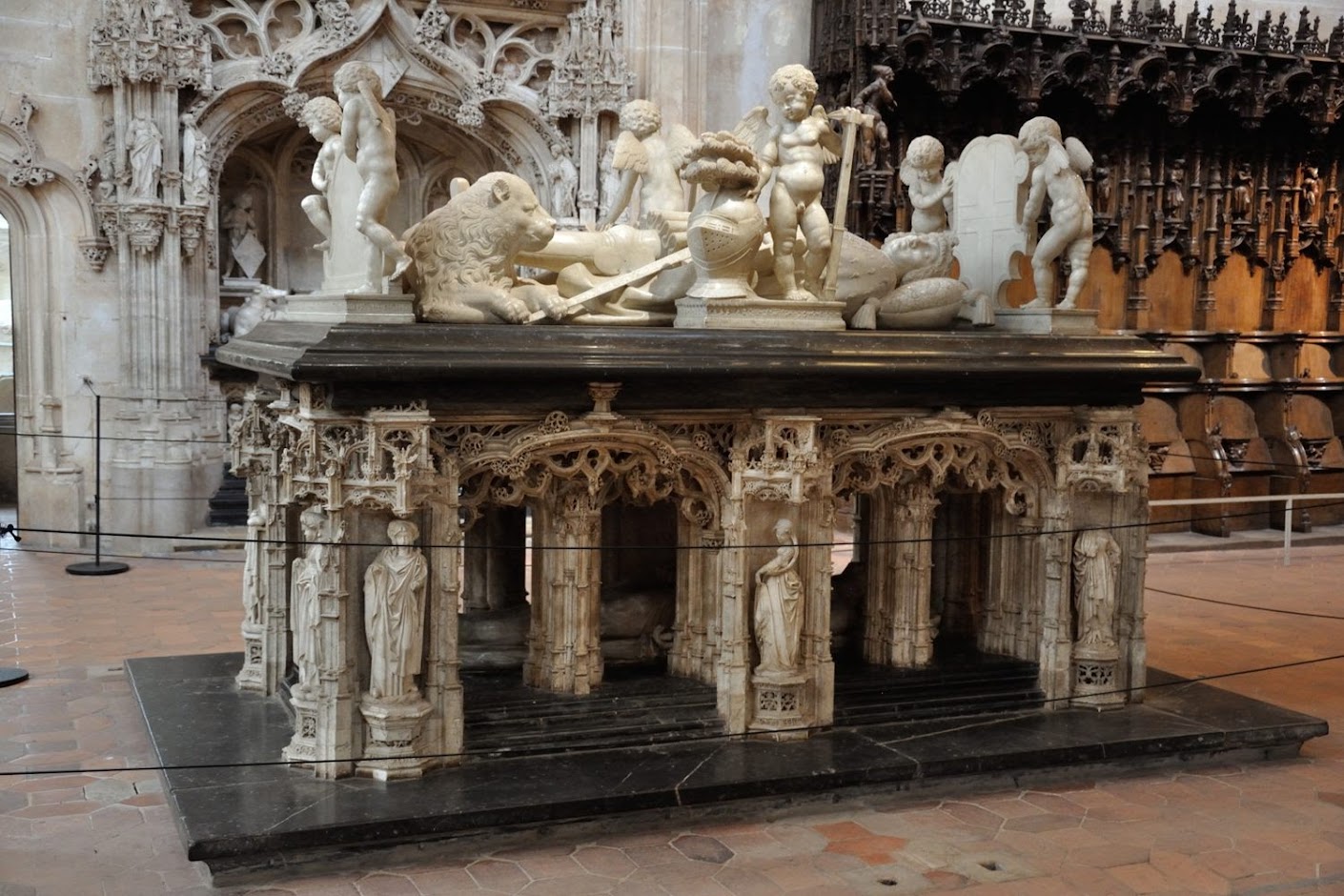The Bresse is an area which traditionally has been split up per region in three different parts; The Bresse bourgignonne (Bourgogne), the Bresse jurassienne (Jura) and the Bresse savoyarde (Ain, which historically was part of Savoy). The flat countryside as well as the typical Bressane architecture characterize the Bresse bourgignonne the Bresse savoyarde.
 |
| Typical Bressane farm house with chimney (Courtes) |
The Bresse savoyarde, just across the Saône east of Mâcon is well known for its cheminées sarrasines. These are oddly shaped chimneys, adorning the typical old fashioned Bressane farmhouses. Often these chimneys carry a cross on top, sometimes the shape resembles a bell tower, minaret or mausoleum.
 |
| Typical Bressane farm house with chimney (St-Cyr-sur-Menthon) |
The name however has got nothing to do with the Saracens (an Arab people; the word is often used to describe the Turkish invaders); sarrasin was used in French to indicate something strange or weird. The Bresse houses some open-air museums, like the ones in Courtes and Saint-Cyr-sur-Menthon, where a brochure is available containing a map showing where these chimneys can be found.
 |
| The cattle market in St-Denis-lès-Bourg (Sue Nixon) |
Bourg-en-Bresse (an hour's drive from here), the capital of the department Ain (01) and the centre of the Bresse boasts the biggest cattle market in France. Because as a child I really liked to roam around the cattle market in my home town I decided for old time's sake to have a go at this (morning) market. The market is located in the outskirts of Bourg, in Saint-Denis-lès-Bourg, and it really lives up to its reputation. The cows, calves and bulls are neatly organized within pens for each sort (hefters, milk cows, cows and bulls for reproduction, etc.).
 |
| Monastère Royal de Brou - Bourg-en-Bresse |
The sales are bargained upon and settled by handshake between the farmers. The smell, the mooing, the noise of the farmers, it all brought back sweet memories of the weekly cattle market in Delft (the Netherlands). And, strangely enough, the aisles between pens may not have been spotless, they were certainly clean, something I would not expect on a cattle market.
However, one should not leave Bourg without having paid a visit to the Royal Monastery of Brou. The early 16th century monastery was built by Margaret of Austria, in those days governess of the Spanish Netherlands.
 |
| Monastère Royal de Brou - Bourg-en-Bresse |
The church is a jewel of flamboyant gothic architecture from the hand of the Flemish master builder Loys van Boghem, whilst the mausoleums of Margaret of Bourbon, Margaret of Austria en Philibert II the Handsome of Savoy were designed by another Fleming Jean van Roome. The monastery boasts, apart from the stunning architecture and sculptures, a museum, and has 3 cloisters, which come across as a bit boring compared to the church.
 |
| Monastère Royal de Brou - Bourg-en-Bresse |
For our own website
click here.




No comments:
Post a Comment